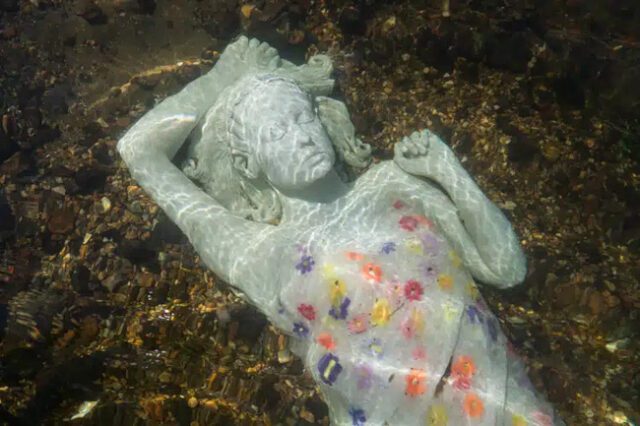
Jason deCaires Taylor, renowned for his underwater sculptures, has brought his artistry to the River Stour in Canterbury, Kent, with his latest piece titled Alluvia. This captivating installation, made from recycled glass, LEDs, and marine stainless steel, portrays a woman in a floral dress slumbering beneath the water’s surface. As a piece that embraces Taylor’s passion for environmental conservation, it includes sensors for monitoring the river’s ecosystem and glows from within at night, creating an ethereal presence. Placed on the riverbed, Alluvia replaces a previous installation damaged by dredging and serves as a harmonious tribute to the river’s constant flow and its natural rhythms.
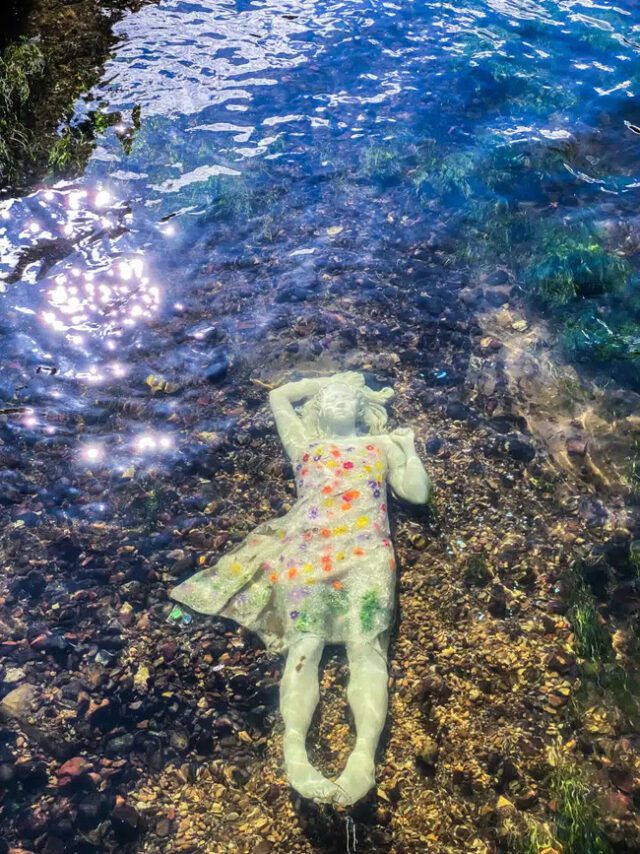
Inspired by Sir John Everett Millais’ famous painting Ophelia, Alluvia references the tragic character from Shakespeare’s Hamlet, who many believe was inspired by a real-life drowning in the River Stour. The sculpture mimics the painting’s delicate imagery, with the woman’s peaceful posture seemingly at one with the water. Taylor notes how the sculpture evolves with the river’s seasonal changes, as light, shadow, reeds, and algae interact with its form. This interplay mirrors the fluid nature of memory and perception, further deepening the connection between art, nature, and history. Located near Westgate Bridge, Alluvia offers visitors a mesmerizing glimpse into both the past and present of the river.
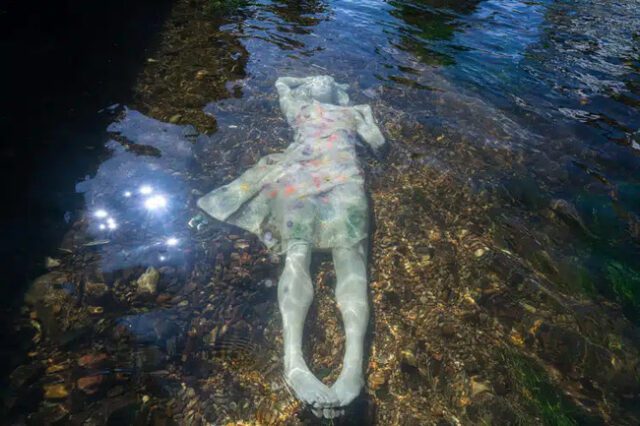
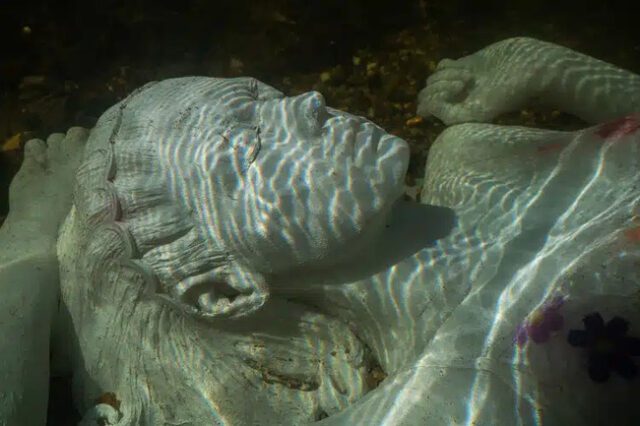

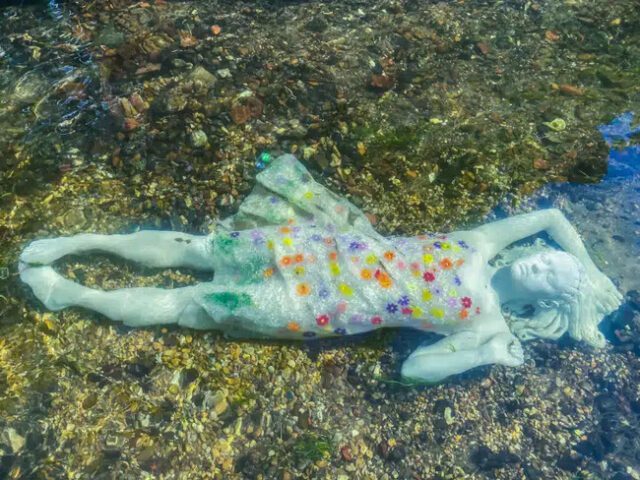

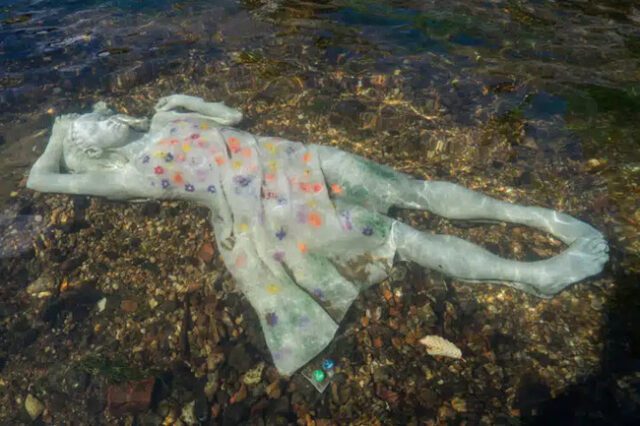

The Shine 2.0 ultra-portable wind turbine generator offers an innovative solution for outdoor enthusiasts and anyone who needs reliable, green energy on the go. Unlike solar-powered alternatives, which depend on sunlight, Shine 2.0 harnesses the power of the wind, allowing it to generate up to 50W of energy regardless of the weather or time of day. Compact and lightweight, this device can easily fit into a backpack, making it ideal for camping, hiking, or emergency Continue reading “Ultra-Portable Wind Turbine Generator Lets You Fast-Charge Your Devices Anywhere With Green Energy” »
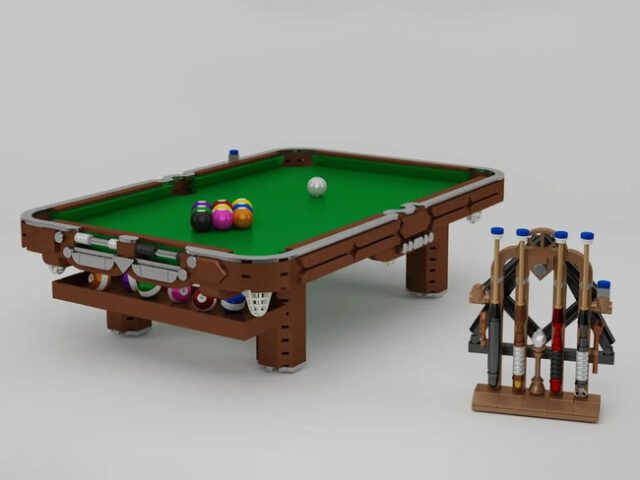
The LEGO Vintage Billiards Table, designed by LEGO builder Golden Eye, is a delightful miniature recreation of a classic pool table, complete with all the necessary accessories—from cue sticks to powder cubes. This build, though tiny, manages to capture the grandeur and intricacy of a full-sized billiards table, complete with realistic touches such as nets to catch the balls, a scoring system, and even a tray underneath for storing additional Continue reading “This Miniature LEGO Billiard Table Comes With Every Accessory From Cue Sticks to Powder Cubes” »
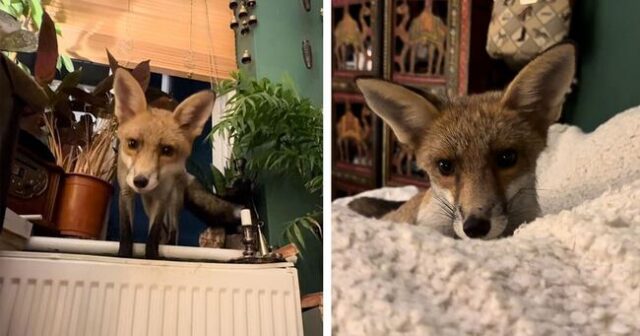
A London woman named Lilly Edith has formed an extraordinary bond with a wild fox she calls Melady Pilcrow. Melady, a female fox, regularly visits Edith’s home for playtime, snacks, and even cuddles, often curling up in her bed for naps. Their unique friendship began during a difficult time in Edith’s life when she asked the universe for a sign that everything would be alright. The next morning, she found Melady staring through her French doors, and from that moment, the two became inseparable. Edith, who has a background in veterinary training and a deep connection to her Native American heritage, views the fox as a spiritual messenger. She captures their heartwarming moments on TikTok, where her videos have gained her over 9,000 followers.

Melady’s visits have become a comforting routine, with the fox often arriving at night or in the early morning hours. Though Edith’s followers sometimes express concern about her safety around a wild animal, Edith takes necessary precautions and is aware of the risks. She carefully cleans and sanitizes her home after Melady’s visits and stays on top of her vaccinations, including a tetanus booster. Edith emphasizes that foxes are naturally curious and not as dangerous as some might think. Their visits, although unusual, have brought light and joy into her life, showing that even wild animals can form deep, trusting bonds with humans.
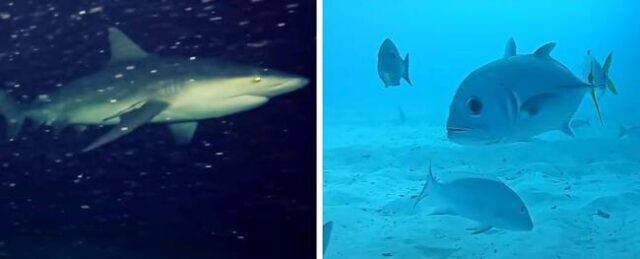
In an unexpected turn of events, marine engineer Odysseas Froilan captured stunning undersea footage after accidentally dropping his GoPro overboard while working on a cruise ship in the Bahamas. The footage, now viewed by millions, reveals a mesmerizing glimpse into the underwater world beneath the ocean liner. Froilan, who works aboard the massive vessel, used this opportunity to observe and document the marine life that thrives beneath the surface. Among the daytime Continue reading “Man Drops GoPro Overboard on Cruise Ship, Captures Incredible Undersea Footage” »

In a heartwarming tale reminiscent of “Homeward Bound,” a cat named Rayne Beau, lost in Yellowstone National Park, managed to travel an incredible 800 miles toward his home in California. Benny and Susanne Anguiano had taken their beloved pet on numerous camping trips and trusted his self-reliance. However, during their trip to Continue reading “Pet Cat Lost in Yellowstone Travels 800 Miles Toward the California City Where Owners Still Had Hope 60 Days Later” »

In a unique response to soaring housing prices, Oliver Russell and his girlfriend Helena Tomaszewska opted to purchase an uninhabited island in Finland instead of a traditional house. After realizing that buying a home in Helsinki was out of reach, the couple stumbled upon an island for sale at a price that was cheaper than a typical lot. Priced at just $36,569, the 2.5-acre island had been vacant for over a decade, offering a once-in-a-lifetime opportunity for the adventurous duo. Continue reading “Couple Buys Uninhabited Island Because It’s Cheaper Than Purchasing a House” »

At 70 years old, Toh Hong Keng has defied age-related stereotypes by becoming one of the world’s oldest medical graduates. A retired tech executive from Hong Kong, Toh decided to pursue his medical degree at the University PHINMA in Cebu, Philippines, just days after retiring in 2019. Despite facing doubts from family and friends, he was determined to prove that age was no barrier to his ambitions. Toh candidly shared the physical challenges Continue reading “70-Year-Old Man Defies Expectations by Becoming One of the World’s Oldest Medical Graduates” »

Spanish archaeologists have made a groundbreaking discovery by using AI to detect ancient underground aqueducts, known as qanats, in arid desert regions worldwide. The AI was trained to analyze Cold War-era spy satellite images taken by the HEXAGON satellite, which surveyed large areas of the globe between 1959 and 1986. These ancient irrigation systems, buried beneath the surface, are difficult to detect but essential for civilizations that thrived in Continue reading “AI Used With Cold War Spy Satellites Can Detect Ancient Underground Aqueducts” »































